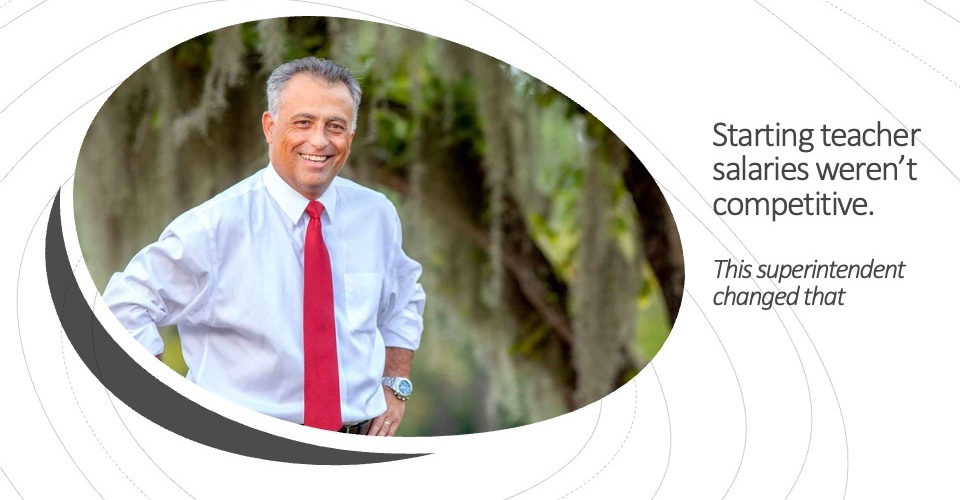K12 facilities leaders can help ensure that all students have access to safe, secure, healthy, and equitable learning environments.
Demands on K12 facilities leaders don’t seem to be easing up for 2024. Building managers are still dealing with limited funding and staffing resources but they now have more asks than ever.
The results matter more than many school leaders may realize. A recently published report analyzed the impact of investments in facilities. The results of this study build on a growing body of evidence that suggests higher-quality school buildings translate to better academic outcomes. According to the researchers, school facility upgrades can close about 10% of the achievement gap between high- and low-wealth school districts, while also increasing property values for the communities that surround the improved facilities.
To drive these better outcomes and help ensure that all students have access to safe, healthy, and equitable learning environments, facilities leaders can consider the following three key moves.
1. Choose the right tools for better efficiency
Leaders in K12 schools are finding opportunities to improve efficiency with new technology tools. Facilities management systems, for example, can provide comprehensive solutions for seamless work order management, preventative maintenance scheduling, and real-time tracking of resources.
One key advantage of these tools is the ability to centralize information, from maintenance schedules to energy consumption. Having a data-unified platform allows facilities managers to make informed decisions. Not only does this enhance operational efficiency but it also contributes to a more sustainable and environmentally friendly approach to managing school facilities.
2. Achieve faster results through collaboration
Another way to enhance efficiency is by taking advantage of the right tools to streamline collaboration, both within your own team as well as with other departments. Cybersecurity safety should no longer be considered simply an IT responsibility, given how integrated facility equipment is in cloud-based work order systems. This collaboration can be especially impactful when the school IT and facilities teams have streamlined methods to work together on reporting and solving issues.
For example, being able to take pictures and record videos out in the field, then add them to a shared platform, will provide greater visibility, along with a better understanding of building issues. Similarly, leaning on technology—including mobile apps—can speed up on-the-go reporting and enables teams to streamline their collaborative work.
Read more from DA: Is high turnover now leading to higher superintendent salaries?
Leaders who use technology to break down data silos and enhance collaboration can create an environment where all departments work together to improve both physical and digital infrastructures. Facilities managers can take advantage of jointly developed strategies to maintain technology infrastructure most efficiently and cost-effectively. The entire school community benefits when collaboration between district and school IT teams is enhanced and streamlined, from improved network connectivity to the integration of smart building technologies.
3. Stay on top of preventative maintenance
In a time of shrinking budgets, rising costs of capital equipment and a shortage of skilled trade labor, K12 facilities management leaders need to stay focused on preventing building problems before they arise. This means keeping to a consistent schedule of inspections and maintenance to prevent the breakdown of equipment. A predefined schedule should be established for essential recurring tasks, such as changing air filters for better air quality, lubricating machinery to prolong usage, and inspecting electrical systems to ensure safety.
The goal for all maintenance is to avoid unexpected breakdowns, extend the lifespan of equipment, and maintain a consistent level of performance. Predictive maintenance, which relies on data and analytics to predict when equipment is likely to fail, can also help anticipate potential issues, with various monitoring tools and sensors collecting real-time data on the condition of equipment. But preventative maintenance is key to achieving the goals of reducing downtime, minimizing unnecessary maintenance costs, and optimizing the learning environment for everyone.
The path to improving facilities management in K12 schools in 2024 lies in choosing the right tools and developing collaborative practices. By leveraging tools that enhance efficiency, breaking down silos between teams, and remaining vigilant about consistent maintenance, facilities leaders can create environments that are not only cost-effective but also energy-efficient and responsive to the ever-evolving needs of education.
Implementing these best practices enables school leaders to move forward to ensure the safety, longevity, and functionality of their facilities, and to contribute to the overall success of K12 education in the years to come.









